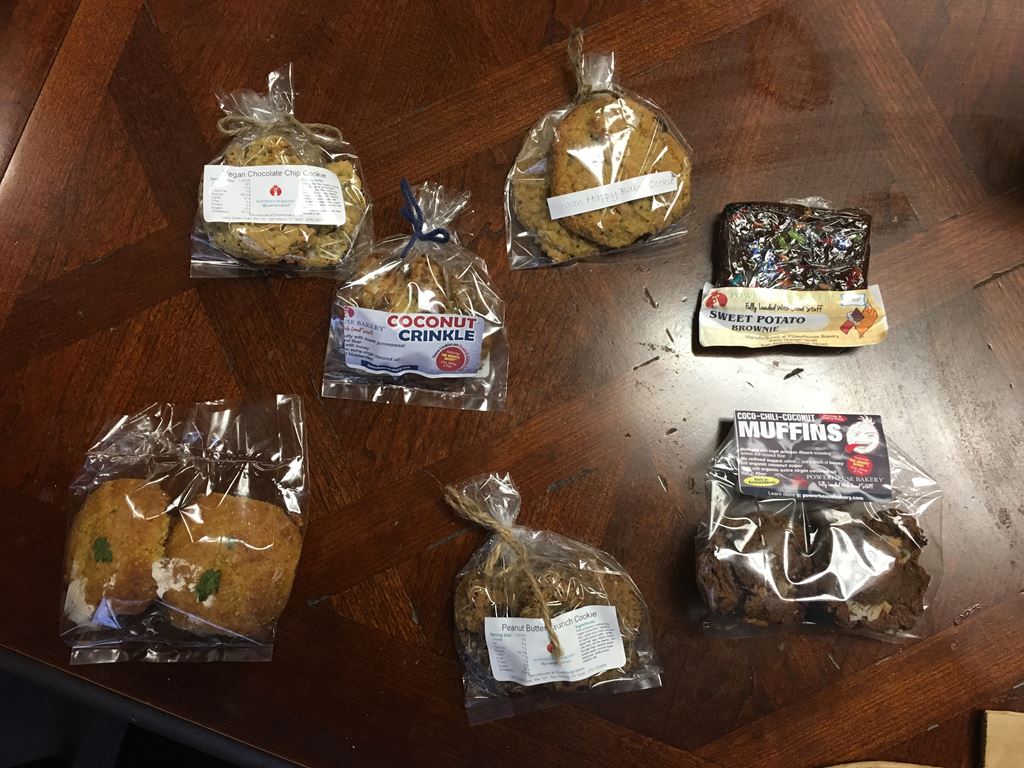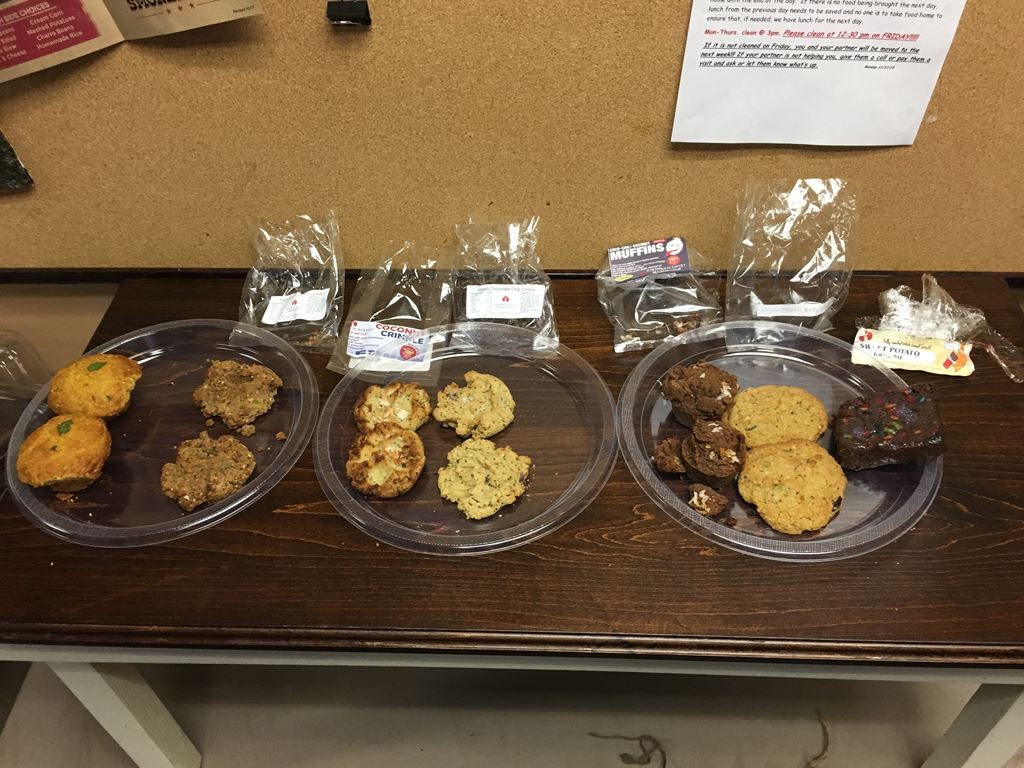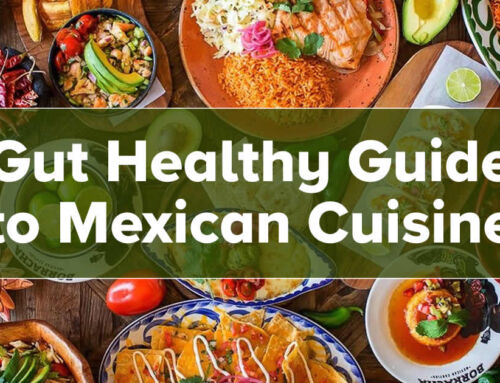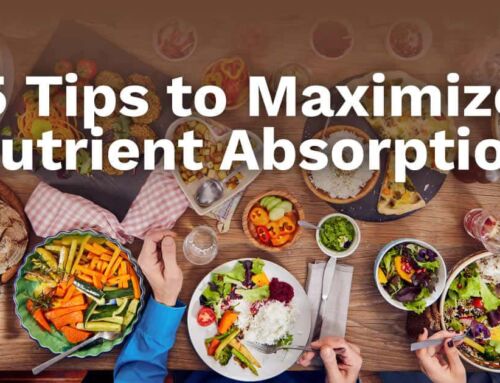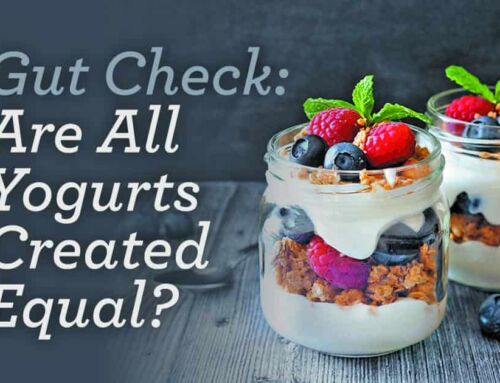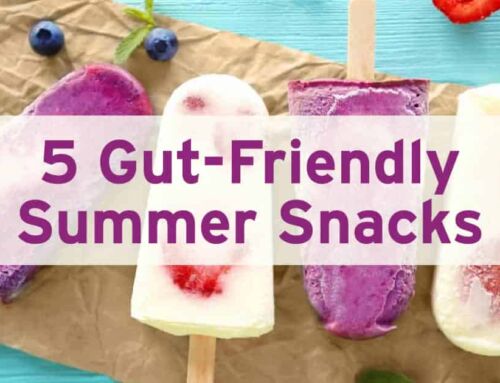I’ve attended a few holiday parties recently and it got me thinking about how they can be stressful for those with celiac or an intolerance towards gluten. With this in mind, I wanted to re-visit the topic of eating gluten-free and more specifically gluten-free holiday baking.
In this article I’ll cover a few fundamentals regarding gluten and then move on to a few tips & challenges with gluten-free holiday baking.
What is gluten?
Gluten is the generic term for the storage of protein in grains. It is found in wheat, oats, barley, spelt and rye.
It is the high proline and glutamine content in gluten that prevents the proteins from being completely broken down by digestive enzymes. Individuals with celiac disease or gluten intolerance have an adverse reaction to this undigested gluten fragment.
For more information on gluten and the reactionary symptoms experience by some, please visit the celiac disease web page.
Gluten-Free – trend or health benefit
Lately it’s become hip to go gluten-free. According to a survey by the Consumer Reports National Research Center, 63% of Americans believe that a gluten-free diet could improve their mental or physical health. With the majority considering gluten harmful, let’s look into what the science / data tells us?
Intestinal Havoc
For those with celiac disease eating gluten-free is essential, since it can cause intestinal damage. Gluten sensitivity produces similar symptoms as celiac disease without the intestinal harm.
If you are not celiac or do not have a gluten sensitivity, then gluten will not cause intestinal damage.
Nutritional Deficiencies
Gluten does not provide essential nutrients to your diet. However, it is found in foods high in vitamin B, fiber, folic acid, iron and other nutrients. For those eating gluten-free, make sure that you are eating foods fortified with these nutrients. Some foods to consider are quinoa, fruits, vegetables, lean proteins, legumes and nuts.
Scientific Data
Currently there is little scientific data concluding that gluten is harmful for those without a medical condition. That’s not to say that this data is conclusive. We’ll just need more large-scale studies conducted regarding the effect of gluten before placing a universal label on it.
Dr. Havranek’s gluten recommendation: “I don’t believe that gluten is inherently bad for everyone. However, since gluten is usually present with foods high in carbohydrates, I recommend consuming in moderation to all patients. The bottom line is that health choices should be made by patients and their doctor – not a celebrity testimonial – I would encourage those considering a gluten-free diet for a non-medical reason to first consult with their doctor or nutritionist.”
Gluten-Free Holiday Baking Challenges
Gluten-free baked goods can have textural properties (e.g. gritty) that their gluten containing baked good counterparts do not. Textural issues can be corrected by doing things like letting the batter rest 30+ minutes before baking or in some instances adding an extra egg can help. A few more suggestions are offered in the “tips” section below.
Cross-contamination is a common problem for restaurants and home cooks alike. Safeguarding your kitchen is essential to keeping your gluten-free holiday baked goods. Common cross-contamination contributors are toasters, utensils, cooking pans and sponges. Here is a link to an article with a few suggestions on how to make your kitchen a safe zone.
Understanding food labels is critical for successful gluten-free food items. Common baking ingredients that can contain gluten are: flavoring extracts, cooking oil sprays and chocolate chips. Recipes will often offer suggestions for gluten-free ingredients to use. Also, Bob’s Red Mill is the most popular gluten-free flour. I would recommend looking at their products to help with your holiday recipes.
6 Gluten-Free Holiday Baking Tips
- Do you ingredient research first. Offer a list of gluten-free flours
- Learn to bake by weight. Conversion between regular flour and gluten-free flour mix
- Smaller items are better. Since gluten-free baked goods tend to crumble easily, making all baked good smaller tends to improve their quality and keep them “sticking together” more.
- Blend different flours together. This will help prevent one flavor or texture from dominating the final product
- Get sticky help – adding Bob’s Red Mill sweet rice flour will make the flour more sticky.
- Lower baking temperature – gluten-free baked goods tend to brown more easily when reducing the oven temp by 25 degrees
Where to Buy Gluten-Free Cookies in San Antonio
For those that would prefer to leave the cooking to someone else (like me), I wanted to share a few of the options for gluten-free bakeries in San Antonio.
- Powerhouse Bakery – (210) 722-8464 / 4902 Golden Quail
- Wholesome Eating – (913) 522-3098 / 13455 Blanco Road
- 5 Points Local – (210) 267-2652 / 1017 N Flores Street
- Bird Bakery – (210) 804-2473 / 5912 Broadway
Powerhouse Bakery is close to my office, so I stopped by and purchased a few holiday cookies (see photos above) for my amazing team. Really enjoyed meeting the owner, Suzanne Parker, who is a registered dietician. In addition to creating great tasting gluten-free food, Suzanne offers cooking classes, nutritional coaching and catering. Highly recommend checking out Powerhouse Bakery. My staff and I liked the coconut crinkle cookies and vegan b-day cake the best!
Hope everyone has a great holiday season with family, friends and plenty of gut friendly treats!

